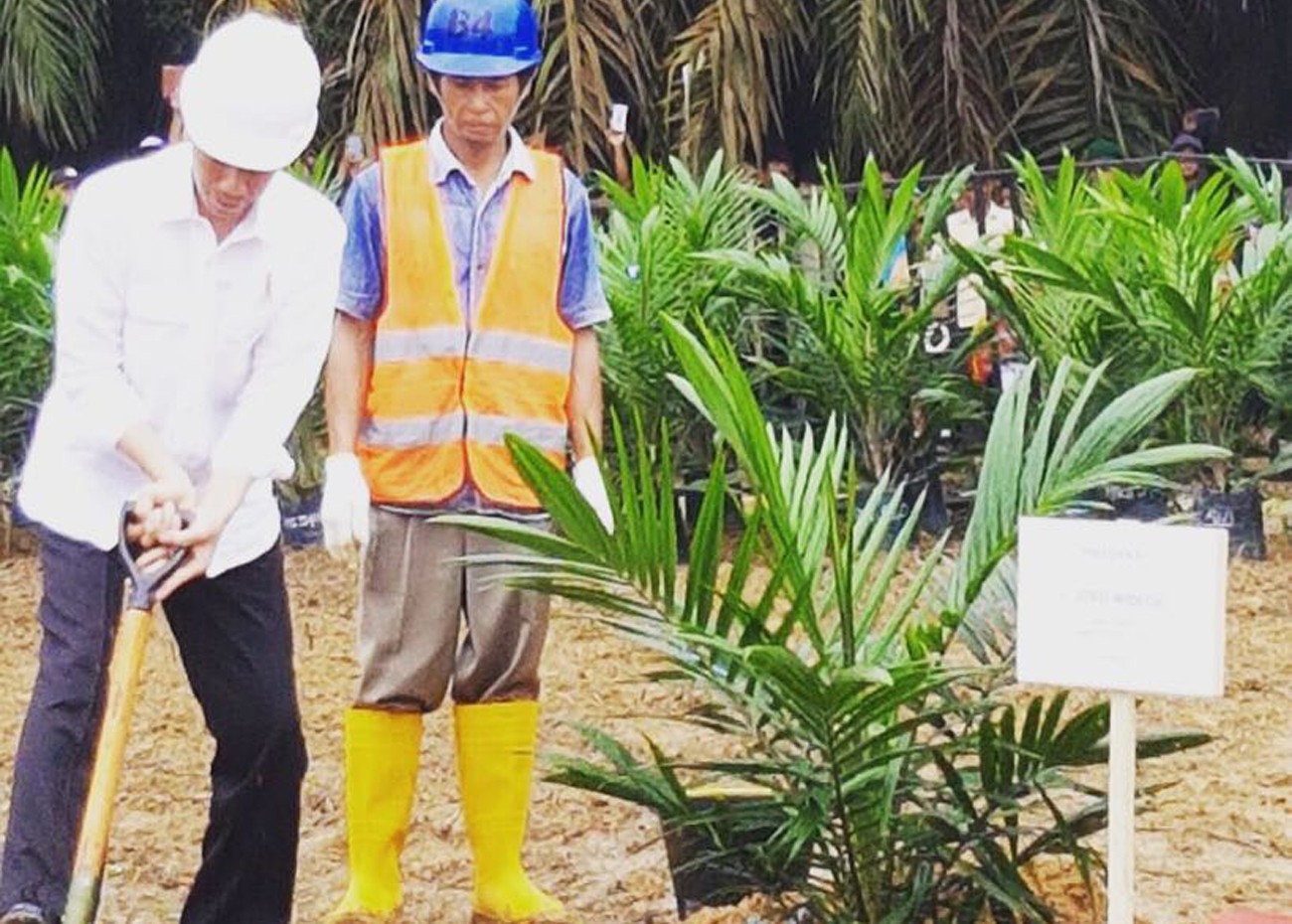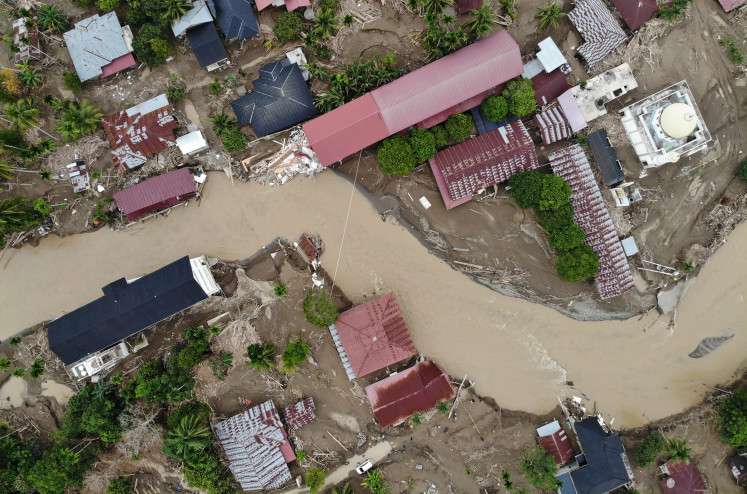Popular Reads
Top Results
Can't find what you're looking for?
View all search resultsPopular Reads
Top Results
Can't find what you're looking for?
View all search resultsEDITORIAL: Managing foreign debt
Indonesia’s cumulative external debt at US$343.1 billion as of September, marking an increase of $46 billion over the three years of President Joko “Jokowi” Widodo’s administration alone.
Change text size
Gift Premium Articles
to Anyone
T
he central bank’s monthly updates on external debt have always stirred heated debate, especially on what critics attack as a sharp increase in government and central bank foreign debt over the past three years. The latest data, published by Bank Indonesia last week, show Indonesia’s cumulative external debt at US$343.1 billion as of September, marking an increase of $46 billion over the three years of President Joko “Jokowi” Widodo’s administration alone. About $176 billion, or 51 percent of the total, is owed by the government and the central bank and $167 billion by the private sector.
Critics have derided the sharp debt increase as unsustainable and pointed out that during the second fiveyear term (2009-2014) of the previous president, Susilo Bambang Yudhoyono, our total external debt rose only by $33 billion.
At a first glance, the foreign debt increase seems too high and inimical to prudent debt management. However, the issue of debt, whether foreign or domestic, government or private sector, should not be seen only in absolute numbers, but should be assessed with consideration of the key indicators of sustainable debt management.
One indicator is the composition of debt maturities. Currently, 86.2 percent of the total external debt are longterm liabilities, while only 13.8 percent are of the shortterm type. Another indicator — the ratio of debt to gross domestic product (GDP) — has improved significantly, falling to 34 percent from 36 percent in September 2016. At that level, it is much lower than in most other countries. Likewise, the ratio of debt service to export earnings has declined to 40 percent from 46 percent in 2015.
Yet more important is the fact that the primary balance of the state budget, meaning the government’s capacity to meet its debt servicing burdens (installment and interest payment) has also improved. The primary balance deficit fell from 1.24 percent of GDP in 2015 to 1 percent in 2016. The target for this year is 0.7 percent.
These indicators show that, despite the increase in absolute amount, our foreign debt has become more sustainable, especially because private borrowers have been obliged to hedge their foreign debt. Yet more encouraging is the fact that the recording and monitoring of foreign debt have improved a lot, so that any problems could be detected early on.
From an economic point of view, the improved ratios indicate that the government is able to fully service its debt in a timely fashion, because the economy and the state’s productive assets have expanded along with the debt increase. They also show that the foreign debt has been well spent on massive infrastructure development, which the government has accelerated since 2015.
Even from a social point of view, the sustainability of foreign debt has improved, because debt service payments did not cause cuts in budget appropriations for basic services, such as education, health, social safety nets or poverty alleviation.
Government borrowing is inevitable within publicsector finance management, because debt enhances the economy’s growth potential through targeted investment in infrastructure and human capital.










